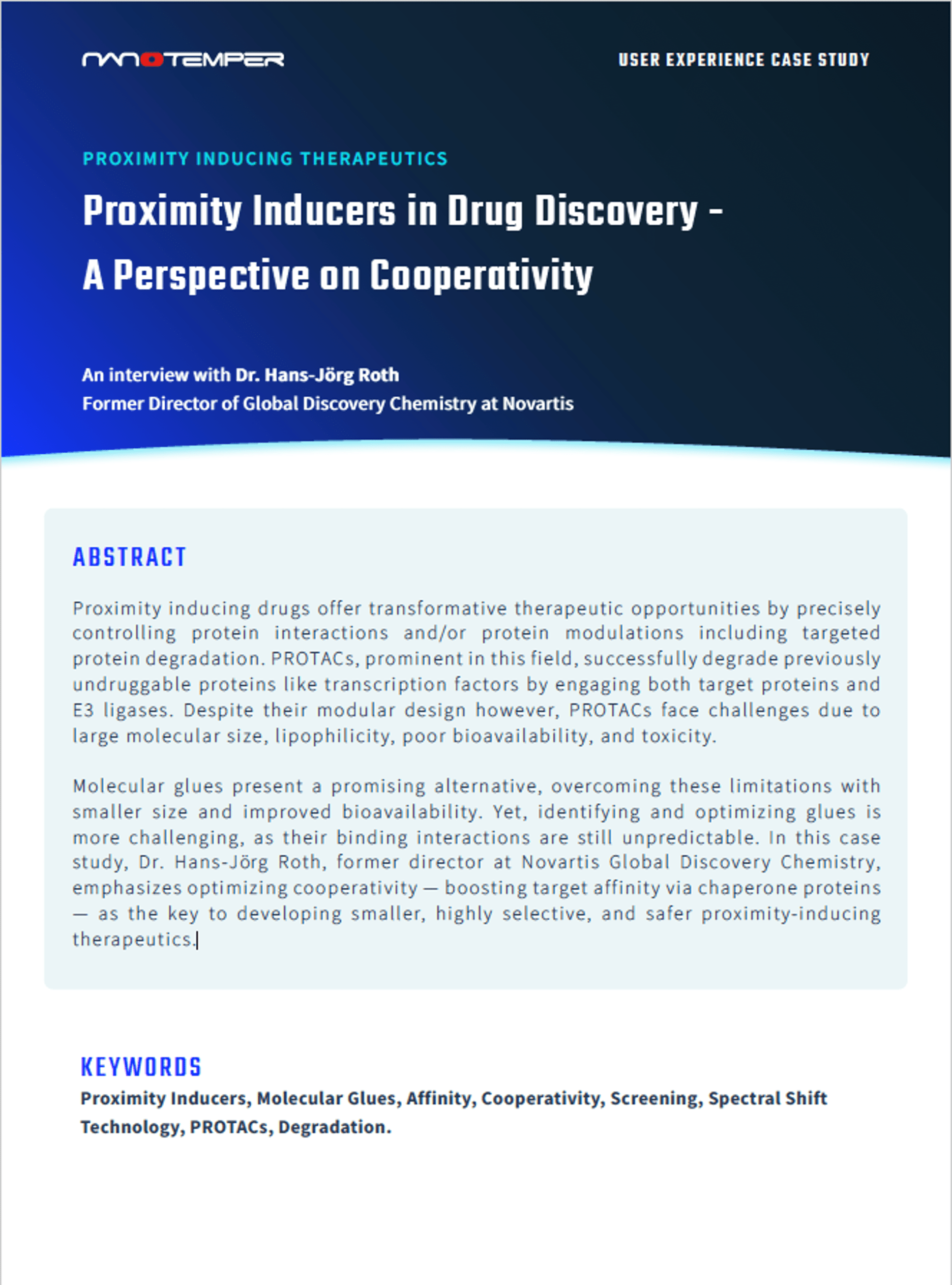Yip, M., Bodnar, N., Rapoport, T.
Proceedings of the National Academy of Science of the United States of America 2020
vol: 117(14) doi: 10.1073/pnas.1902298117
Abstract
The Saccharomyces cerevisiae protein Ddi1 and its homologs in higher eukaryotes have been proposed to serve as shuttling factors that deliver ubiquitinated substrates to the proteasome. Although Ddi1 contains both ubiquitin-interacting UBA and proteasome-interacting UBL domains, the UBL domain is atypical, as it binds ubiquitin. Furthermore, unlike other shuttling factors, Ddi1 and its homologs contain a conserved helical domain (helical domain of Ddi1, HDD) and a retroviral-like protease (RVP) domain. The RVP domain is probably responsible for cleavage of the precursor of the transcription factor Nrf1 in higher eukaryotes, which results in the up-regulation of proteasomal subunit genes. However, enzymatic activity of the RVP domain has not yet been demonstrated, and the function of Ddi1 remains poorly understood. Here, we show that Ddi1 is a ubiquitin-dependent protease, which cleaves substrate proteins only when they are tagged with long ubiquitin chains (longer than about eight ubiquitins). The RVP domain is inactive in isolation, in contrast to its retroviral counterpart. Proteolytic activity of Ddi1 requires the HDD domain and is stimulated by the UBL domain, which mediates high-affinity interaction with the polyubiquitin chain. Compromising the activity of Ddi1 in yeast cells results in the accumulation of polyubiquitinated proteins. Aside from the proteasome, Ddi1 is the only known endoprotease that acts on polyubiquitinated substrates. Ddi1 and its homologs likely cleave polyubiquitinated substrates under conditions where proteasome function is compromised.
Topics: Monolith, Microscale Thermophoresis - MST, PROTACs, Publications













